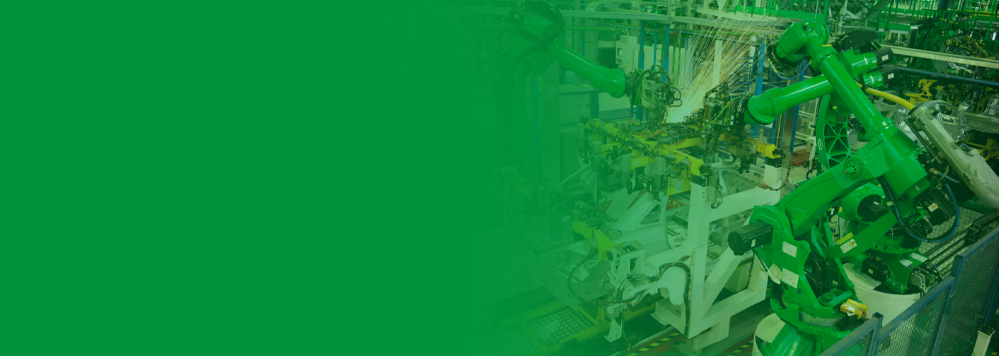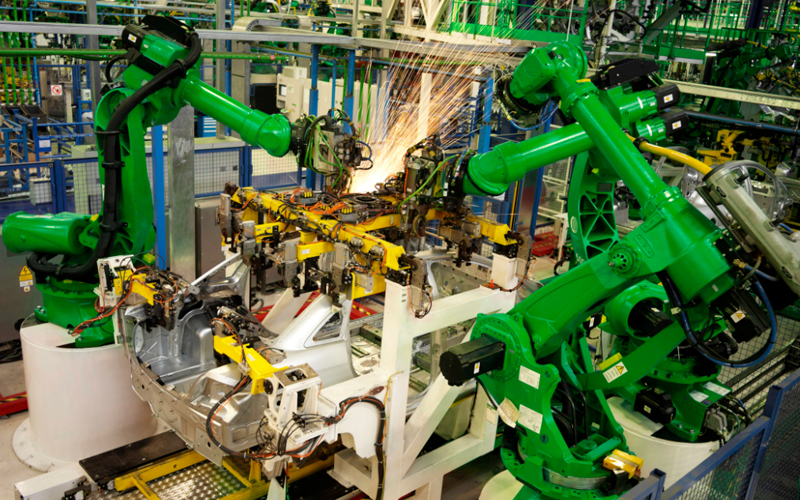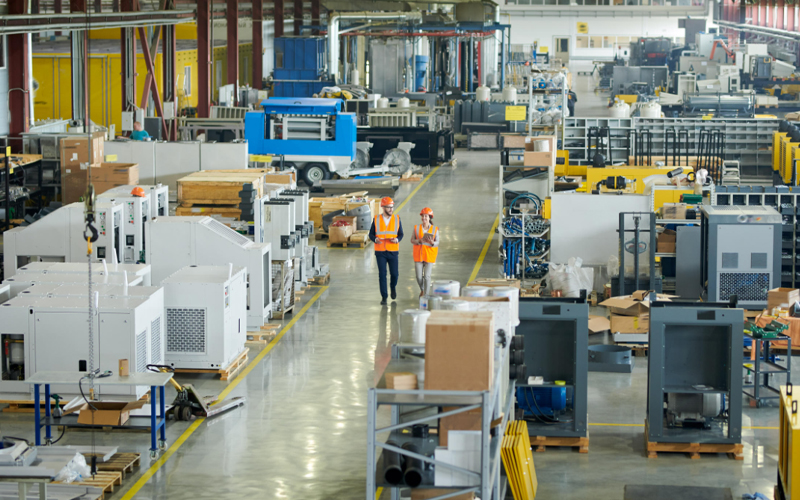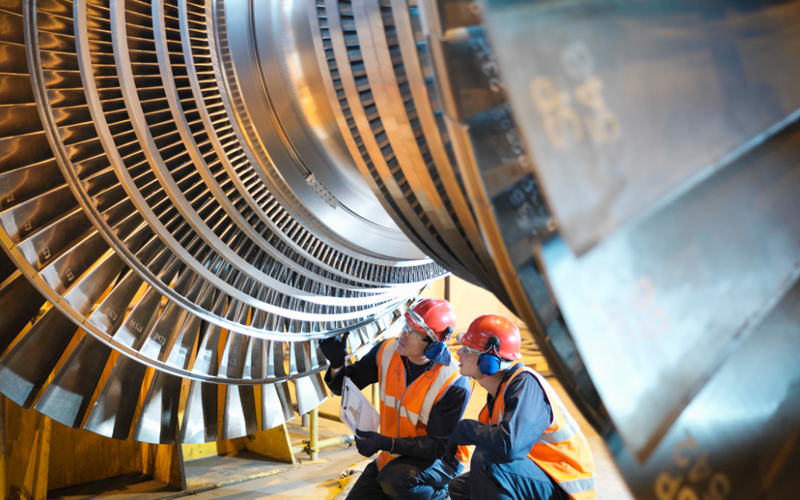The manufacturing labour shortage has become one of the greatest challenges facing industry leaders today. Global demand for goods continues to rise, but factories struggle to attract and retain skilled talent. The result, often, is longer lead times, higher costs, and pressure on supply chains.
By 2033, manufacturers will need to fill 3.8 million jobs, but experts estimate nearly half will remain vacant, as workers with the required skills are simply unavailable. This mismatch threatens innovation, productivity, and competitiveness across the sector. The gap calls for bold solutions, and intelligent automation is emerging as a practical way forward, helping businesses increase resilience, maintain quality, and strengthen their workforce.
key reasons for labour shortage in manufacturing
The labour shortage in manufacturing is the result of multiple long-term and short-term forces converging at once, including:
- Demographic shifts: A rapidly ageing workforce is heading into retirement, leaving behind a gap that younger workers are not filling at the same rate.
- Changing job preferences: Younger generations often favour flexible, technology-driven roles over traditional factory jobs, making recruitment more difficult.
- Widening skills gap: Many modern manufacturing roles demand advanced digital and technical capabilities that available candidates lack. The pandemic worsened this divide by disrupting training pipelines and accelerating early retirements.
Together, these factors are reshaping the workforce and widening the skill gap in manufacturing, making automation and robotics solutions in manufacturing a critical part of the solution.
how intelligent automation helps combat manufacturing labour shortage
Intelligent automation offers manufacturers a strategic response to the skilled workforce challenge. It enhances efficiency, reduces physical strain, and empowers teams to achieve more with fewer people. Smart automation increases manufacturing productivity and helps tackle the manufacturing labour shortage by:
increasing workforce productivity
Automation streamlines repetitive activities such as material handling, picking, and searching for items. By reducing travel time, preventing errors, and accelerating training, these solutions allow employees to focus on higher-value work.
reducing physical strain and improving safety
Robotics in manufacturing improve ergonomics by eliminating heavy lifting and minimising manual handling. This reduces injuries and creates a safer, more sustainable, and inclusive work environment that appeals to diverse talent.
optimising space and operations
Automation enables fast access to compact spaces, maximises storage capacity, and ensures efficient workflows. Smarter layouts reduce wasted time and support long-term operational agility.
amplifying human potential
Rather than replacing people, automation and robotics in manufacturing work alongside the existing workforce, supporting and enhancing their capabilities. It opens opportunities for inclusivity by enabling remote roles, attracting wider talent pools, and promoting diversity across manufacturing environments.
smart automation technologies augmenting the manufacturing workforce
Technology adoption is accelerating as manufacturers turn to advanced solutions that address the labour shortage in manufacturing and boost productivity. Here is how intelligent automation is augmenting the existing manufacturing workforce:
deploying advanced robotics
Robotics solutions in manufacturing support assembly, material movement, and precision tasks, reducing reliance on scarce skilled labour while maintaining consistent output.
connecting operations with IoT
Internet of Things (IoT) devices create connected factories, enabling real-time monitoring, predictive maintenance, and streamlined operations across production lines.
leveraging AI and advanced analytics
AI, machine learning, and analytics help forecast demand, improve planning, and optimise processes, enhancing overall manufacturing productivity with smart automation.
strengthening integrated systems
ERP, supply chain planning, and manufacturing execution systems create unified workflows. They improve transparency and resilience across production, logistics, and quality management.
Infosys BPM offers manufacturing BPM services that help organisations embrace smart automation to overcome labour shortage in manufacturing. By integrating intelligent technologies, Infosys BPM enables manufacturers to reimagine operations, achieve Industry 5.0 transformation, and unlock lasting competitive advantage.
employers’ role in shaping the future with intelligent automation
While many see automation as a threat to jobs, employers are already demonstrating that technology can create opportunities rather than displacing them. By pairing automation with proactive workforce strategies, manufacturers are easing resistance to change and building stronger teams.
Across the industry, employers are:
- Expanding career paths: Creating roles that combine human oversight with automated systems, enabling employees to grow alongside new technologies.
- Focusing on inclusivity: Using automation to improve accessibility and working conditions, making manufacturing attractive to a broader workforce.
These initiatives show that embracing automation does not mean losing jobs – it means transforming them. The future workforce will be more resilient, more diverse, and better equipped to drive innovation.
conclusion
The manufacturing labour shortage is not a passing challenge; it is a structural shift that requires strategic solutions. Intelligent automation is proving to be one of the most effective responses, helping businesses increase productivity, reduce risks, and broaden talent pools.
At the same time, employers are reimagining work by upskilling teams and creating inclusive environments where humans and machines collaborate. The path forward lies in balance: technology as an enabler, and people as the drivers of innovation. Those who act now will secure their competitive edge in the future of global manufacturing.








